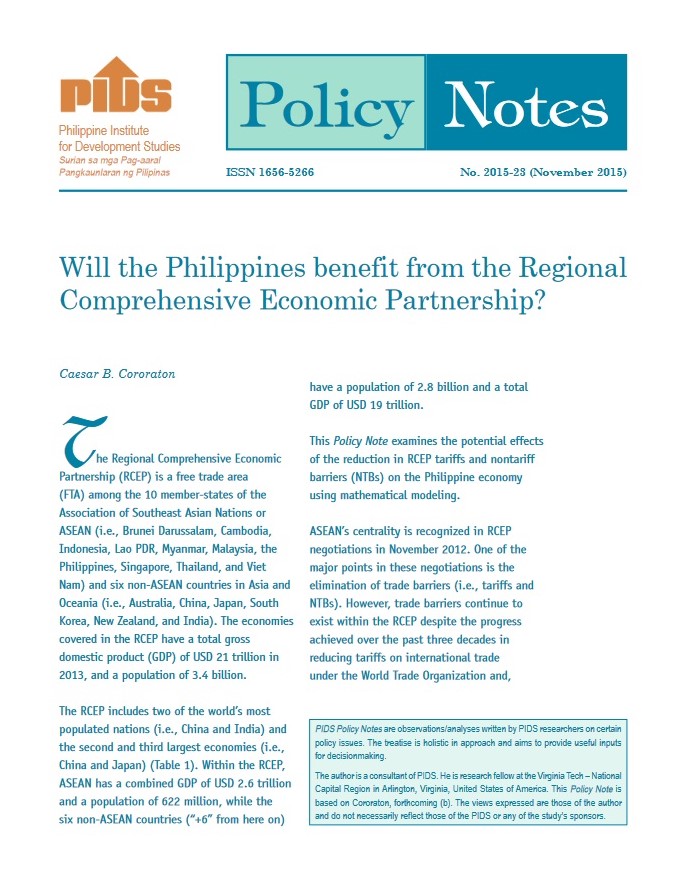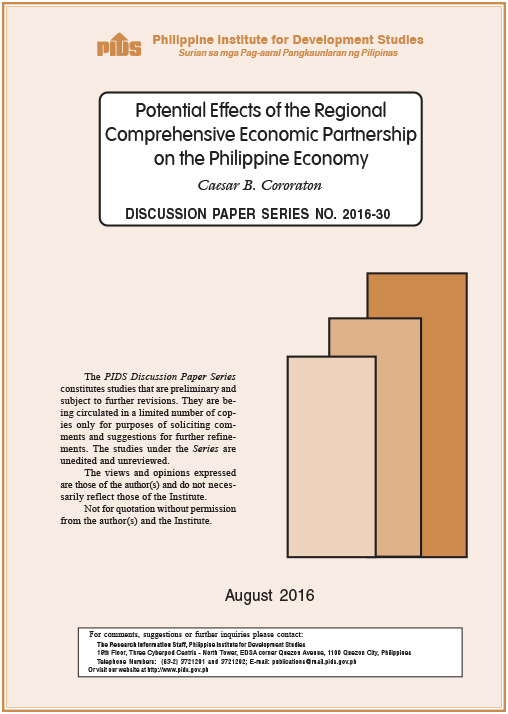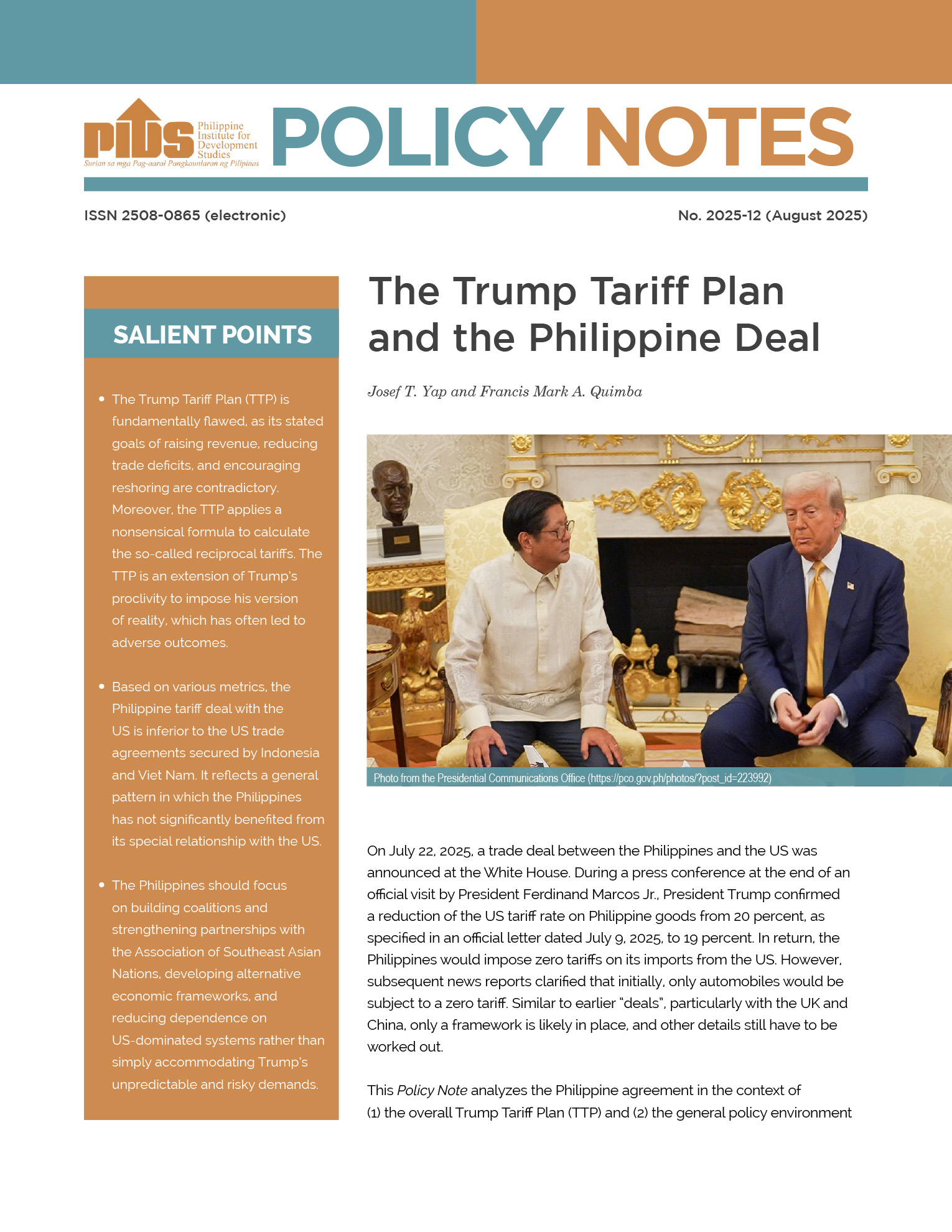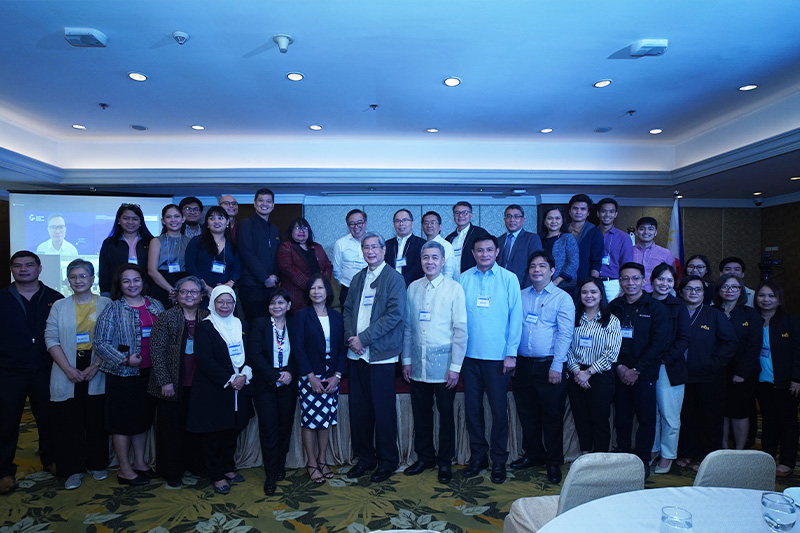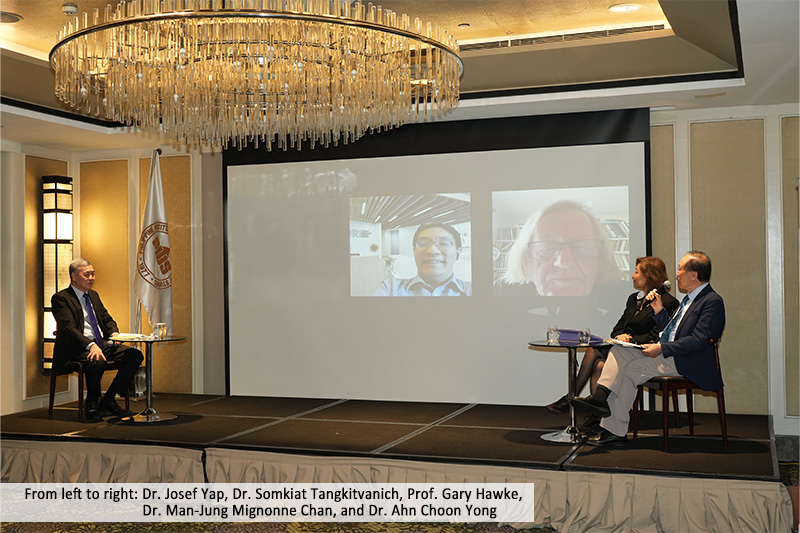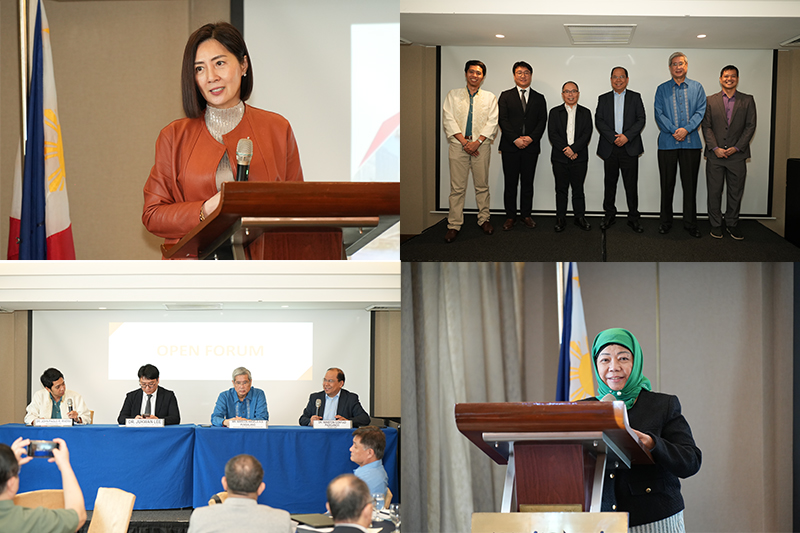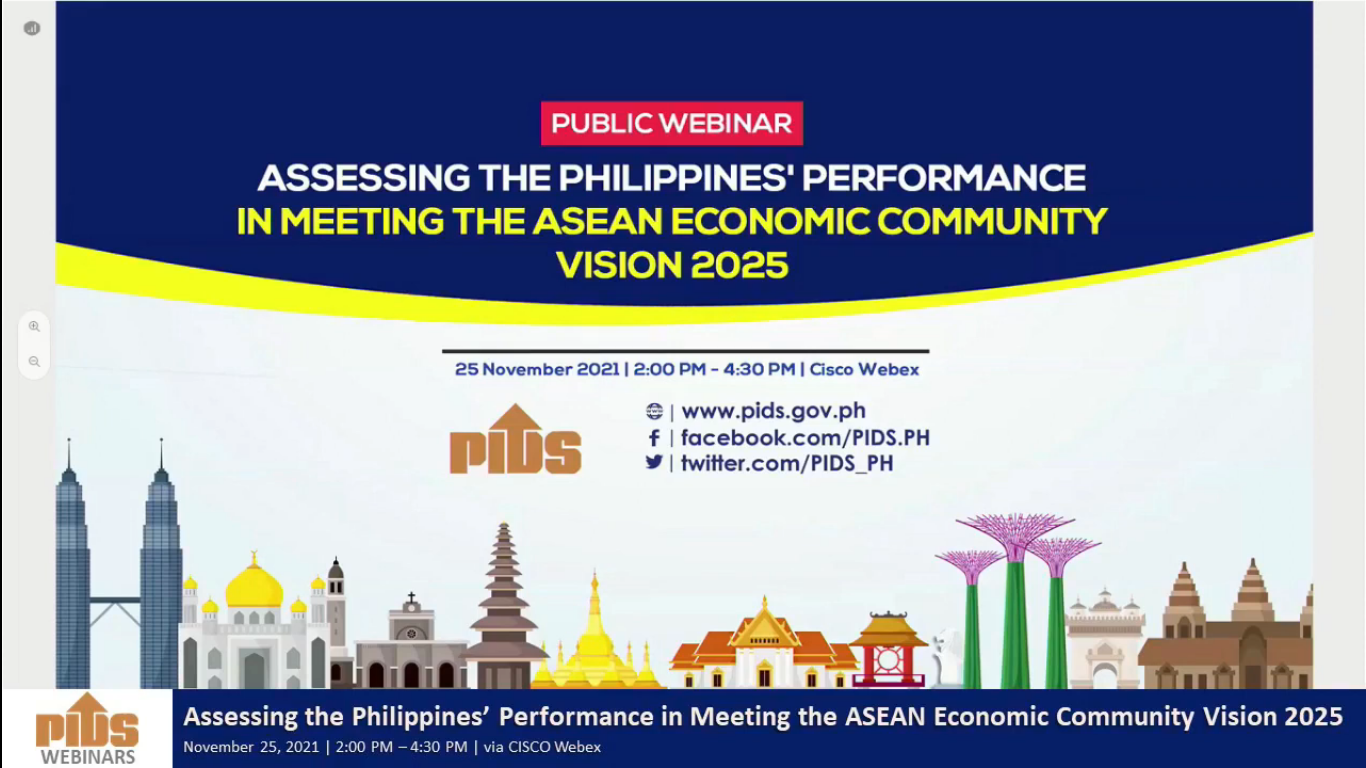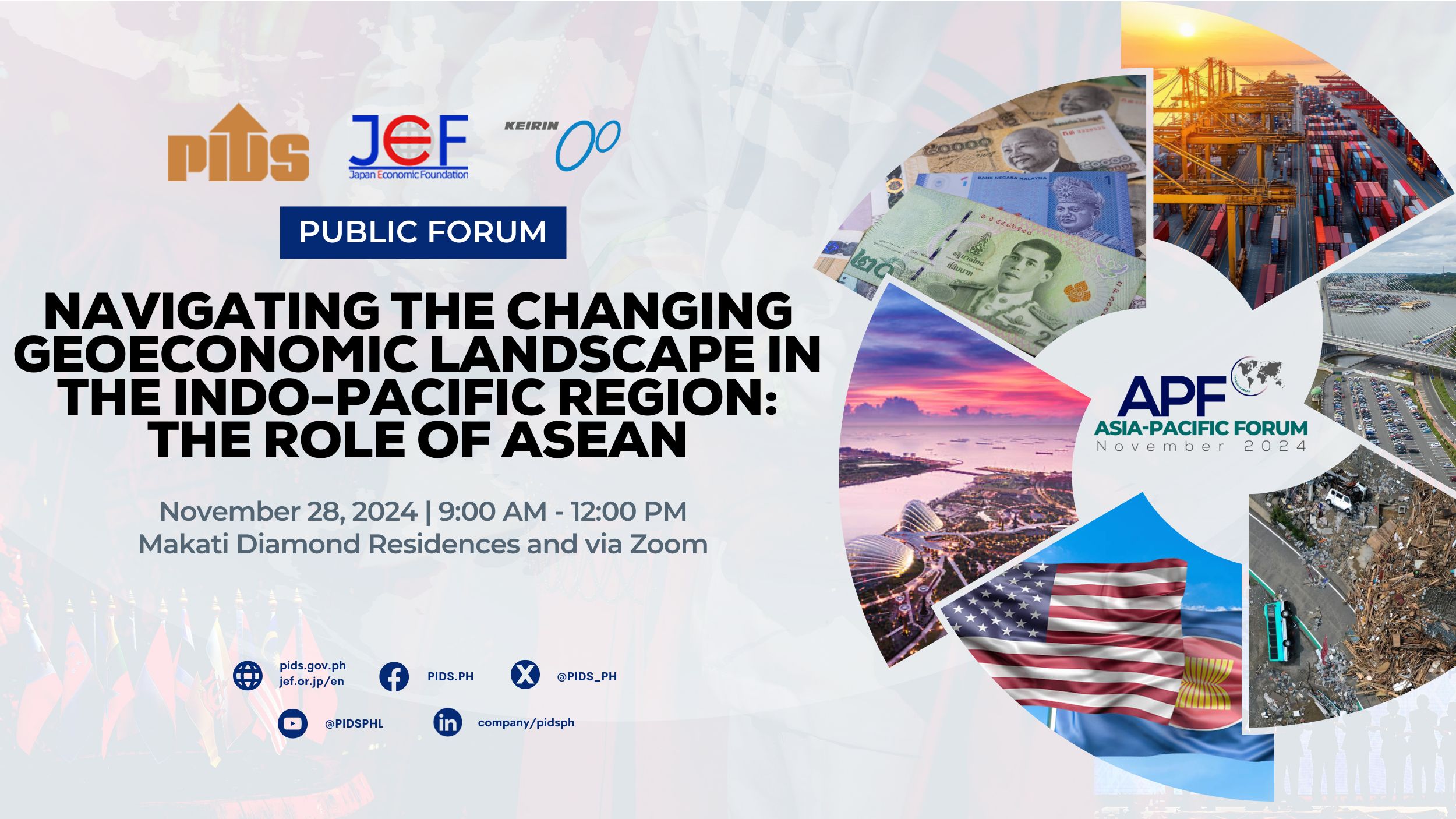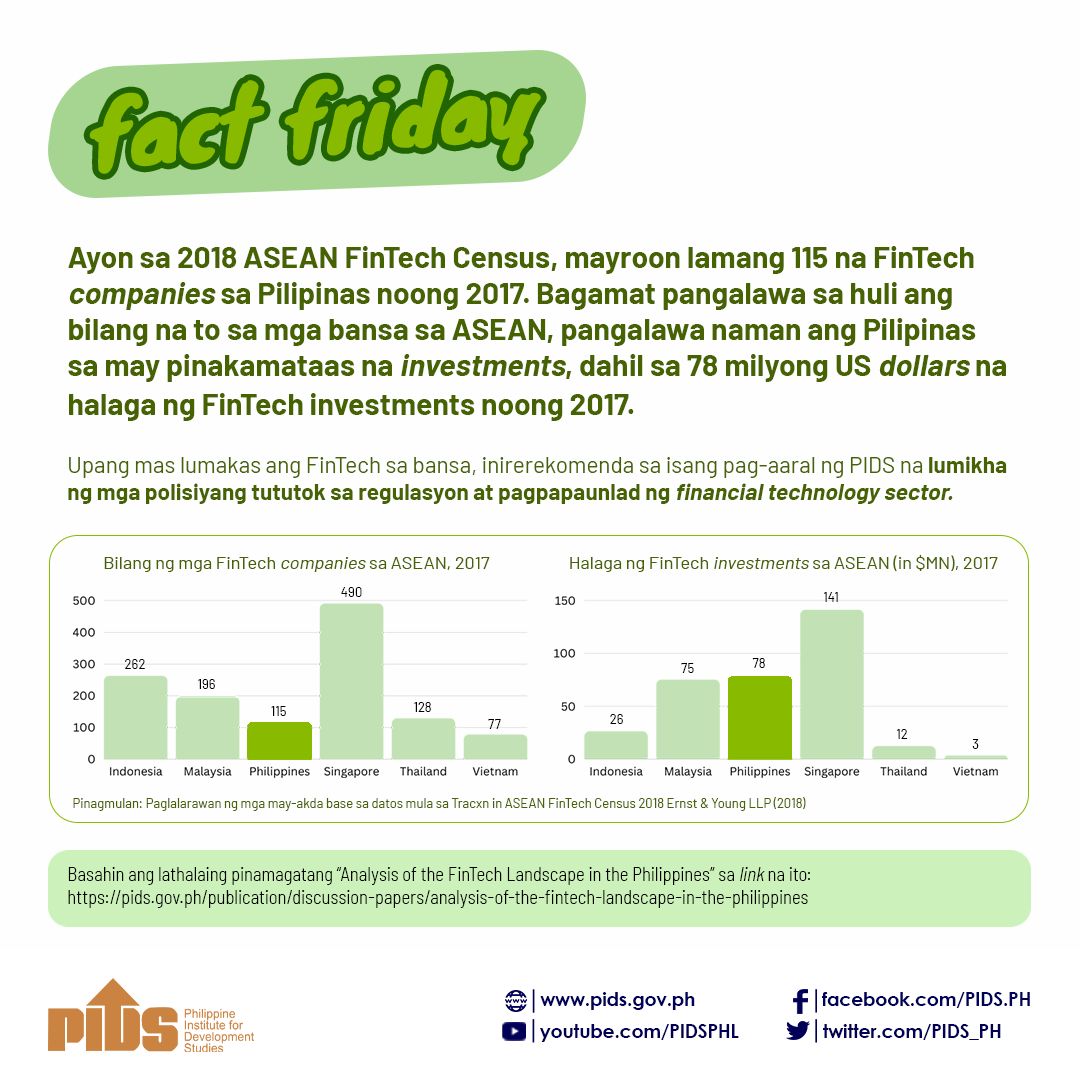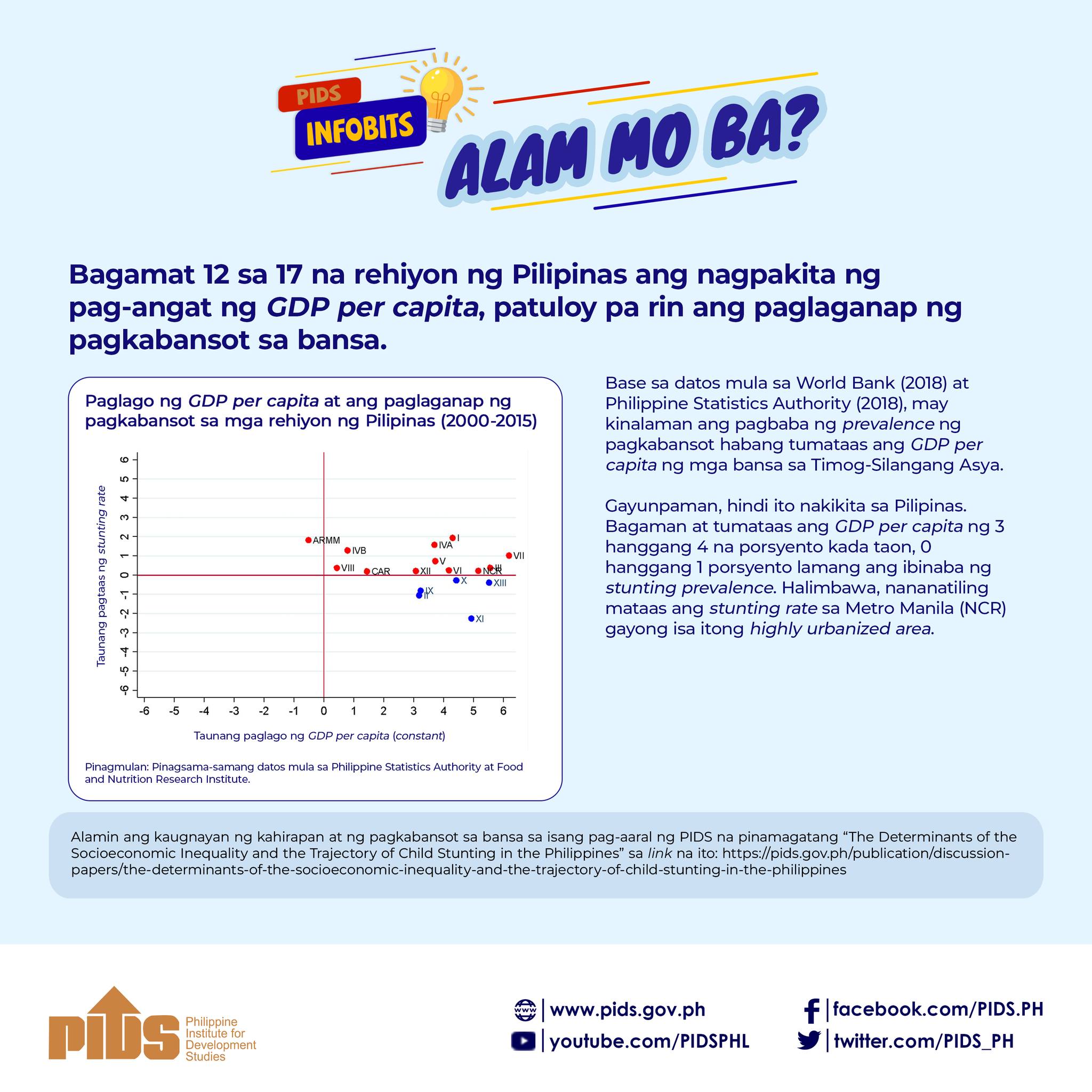The Asian Development Bank (ADB) has urged the Philippines to take advantage of its position as chair of the ASEAN Summit this year to rally support in the subregion for the China-led Regional Comprehensive Economic Partnership (RCEP). During a policy forum hosted recently by the Philippine Institute for Development Studies (PIDS), Ganeshan Wignaraja an advisor at ADB’s Office of the Chief Economist, said pushing for the signing of the mega-trade deal would greatly ease the flow of trade and investments in the region and promote resistance to protectionist measures.
RCEP, considered as the rival free trade agreement of the shelved trans-pacific partnership (TPP) led by the US, seeks to group into a trade bloc the 10 ASEAN countries, China, India, Japan, South Korea, Australia and New Zealand.
Getting the RCEP signed would send a strong signal to the international community that Asian economies are open to business and are resisting protectionist policies, Wignaraja said.
“The Philippines as chair of the ASEAN this year has the wonderful chance to try to push for for this deal to be signed. And that would be a real feather in the cap for the Philippines if it is achieved,” he said. “And if that were to happen, that might give the US a chance to pause on its protectionism.”
RCEP, he said, would facilitate greater access across member states through the rationalization of tariff schedules and rules of origin. This particularly benefits exporters of raw materials to member countries like China that are now transitioning to higher levels in the global value chain.
“If RCEP gets done, it would send a a signal to the world that Asia is open for business and that would be an amazing thing to achieve. The rationalization of tariffs brings progress in investments, it brings trade facilitation,” he said. It will also brings China trade into the region. RCEP I think is a great thing.
In the same forum, Wignaraja also encouraged the Philippines to improve its investment climate and strengthen its services industry to cope with weakening trade in Asia and the changing global value chain patterns in the region.
Developing Asia’s exports, he said, have been slowing down in line with global trends since the occurrence of the global financial crisis. Annual average export growth in the region grew at an average of only 4.7 percent per year in 2011 to 2015 compared with 11.2 percent in 2001- 2010.
Weakening demand for exports was caused by a combination of slow demand in advanced economies as well structural changes in China’s economy. Specifically, China is now moving toward higher domestic value added and innovation-based economy like South Korea and Japan.
As such, some of China’s labor-intensive production stages are migrating to Asian countries that offer lower production costs such as India and countries in Southeast Asia.
Wignaraja said recipient economies can benefit from this by improving their investment climate and upgrading the skills of of its labor force.
Increased financing for small and medium enterprises (SMEs) and greater investments in trade-related hard and digital infrastructure would also enable these countries to benefit from migrating production stages and shield themselves from weakening trade prospects.
The Philippines, he said, has the potential to absorb much of these migrating production stages in the value chain.
“The Philippines could be well-placed to absorb some of the industries from electronics, auto parts, and engineering,” he said. “China needs goods from these industries.”
The domestic services industry, while strong, has to be strengthened to expand its offerings and make jobs irreplaceable by technology.
“There is an opportunity for the Philippines to play a role in the value chain in services as well manufacturing,” he said. “The Philippines has great education institutions. That could be an exporter of services.”
The business process outsourcing (BPO) sector, said Wignaraja, is now perched on a “sensitive” situation as some BPO jobs in Philippines can be easily replaced by artificial intelligence in as early as five years.
“The challenge for the Philippines is can you go beyond the BPO which is the labor-intensive part,” he said, noting that in India, the BPO industry is now mostly composed of highly skilled professionals such as IT engineers and programmers.

